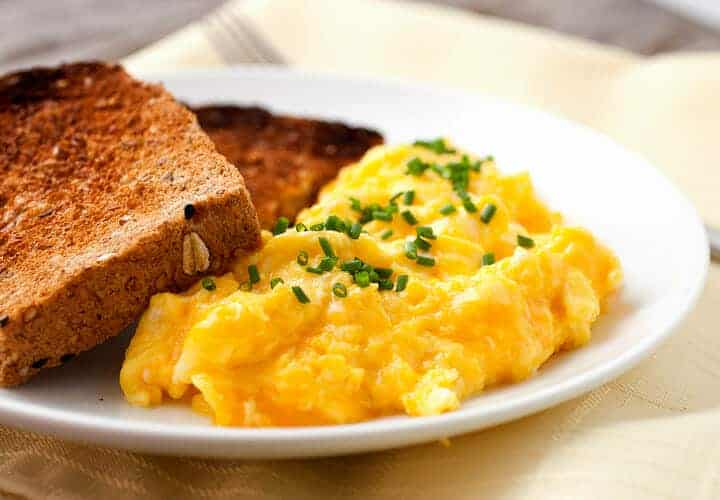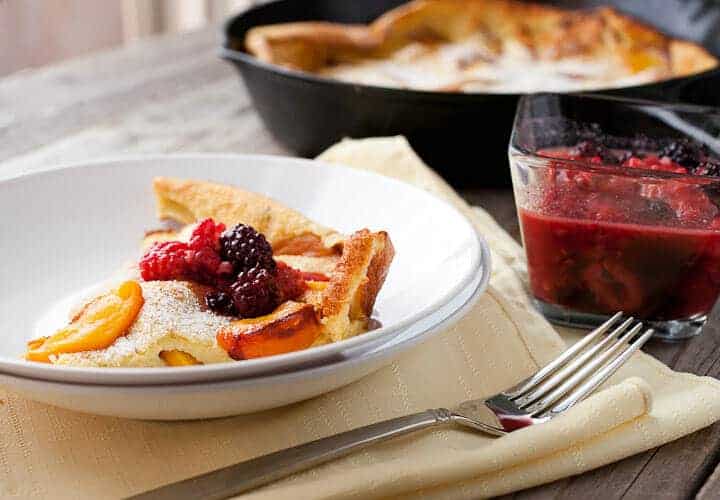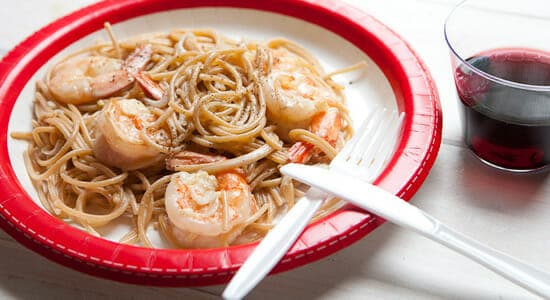Butter: Important Facts, Health Benefits, and Recipes
Butter is a popular and versatile dairy product used in cooking and baking, known for its rich and creamy flavor and potential health risks if consumed in excess.
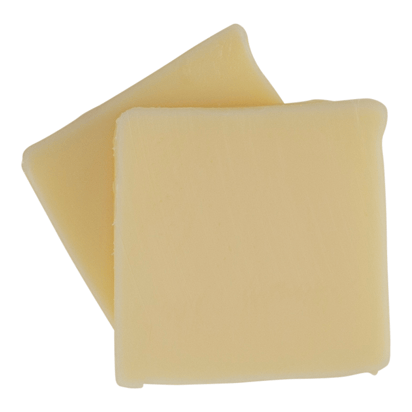
Best Butter Recipes
-
-

-
:max_bytes(150000):strip_icc()/__opt__aboutcom__coeus__resources__content_migration__serious_eats__seriouseats.com__recipes__images__2015__07__20150113-brown-butter-cake-nila-jones-13-1a038c3f57b645e7a2d8431a22dbbf8a.jpg)
-

-
:max_bytes(150000):strip_icc()/__opt__aboutcom__coeus__resources__content_migration__serious_eats__seriouseats.com__recipes__images__2013__06__20130605-buttered-popcorn-ice-cream-212316bab82141c88866ac9f1aa1e779.jpg)
-
:max_bytes(150000):strip_icc()/__opt__aboutcom__coeus__resources__content_migration__simply_recipes__uploads__2015__09__buttered-noodles-horiz-a-120-e0d70b609e06416886bc57c7e010a551.jpg)
-

-
:max_bytes(150000):strip_icc()/__opt__aboutcom__coeus__resources__content_migration__simply_recipes__uploads__2012__01__buttered-cabbage-caraway-horiz-a-1600-6ecc7190c1674c2c832e00af69f302d5.jpg)
-
![Paneer Butter Masala Recipe Image]()
-
![Classic Butter Shortbread Recipe Image]()
-
![Grilled Artichokes with Garlic Butter Image]()
-
![Honey Butter Cornbread Image]()
-
![Instant Pot Butter Chicken Image]()
-
![Crepes Image]()
-
![Beef Bourguignon Image]()
-
![Baklava (Baklawa) Middle Eastern Pastry Recipe Image]()
-
![Creamy Polenta (Cream Cheese Creamy!) Image]()
-
![Mushroom Meatloaf Image]()
-
![Santa Fe Burgers Image]()
-
![Chicken Fried Steak Image]()
-
![Kimchi Chicken Thighs Image]()
-
![The Perfect Bacon Image]()
-
![Breakfast Mushroom Torta Image]()
-
![Peaches and Cream Baked Oatmeal Image]()
-
![Baked Ricotta Image]()
-
![Savory Dutch Baby Image]()
-
![Cheesy Scrambled Eggs Image]()
-
![Cheater Weeknight Ramen Image]()
-
![Dijon Braised Chicken Thighs Image]()
-
![Ricotta Breakfast Sandwich Image]()
-
![Crispy Rice Image]()
-
![Guacamole Omelet Image]()
-
![Broccoli Brown Rice Bowls Image]()
-
![Brandied Mushrooms Image]()
-
![Baked Queso Dip Image]()
-
![Croissant Breakfast Sandwich Image]()
-
![Coffee Mug Breakfast Sandwiches Image]()
-
![Fresh Peach Dutch Baby Image]()
-
![Individual Baked Eggs Image]()
-
![Shrimp Scampi For One Image]()
-
![Pork Schnitzel Sandwiches Image]()
-
![Sun-Dried Tomato and Cheddar Scones Image]()
-
![Roasted Corn Cornbread Image]()
-
![Peach Grilled Cheese Image]()
-
![The Griddle Omelet Image]()
-
![Truffles Two Ways Image]()
-
![Pulled Chicken Frito Pies Image]()
-
![Savory Bread Pudding Image]()


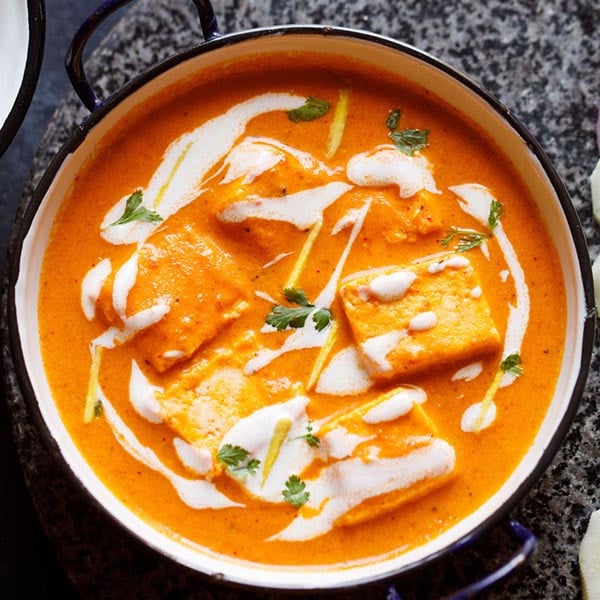
:max_bytes(150000):strip_icc()/classic-shortbread-recipe-3052187-12_preview-5aff41ef119fa800371ba553.jpeg)
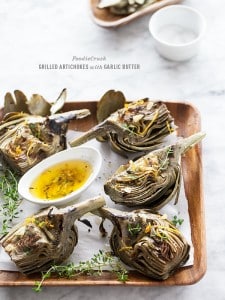



:max_bytes(150000):strip_icc()/classic-french-beef-bourguignon-recipe-5083739-d3d7335876be45fe836684108198e623.jpg)
:max_bytes(150000):strip_icc()/98607620-56a617fd5f9b58b7d0dfe05b.jpg)
:max_bytes(150000):strip_icc()/__opt__aboutcom__coeus__resources__content_migration__simply_recipes__uploads__2006__09__creamy-polenta-horiz-a-1600-eab215c9ac254c61b357fd52ea5e36c6.jpg)









